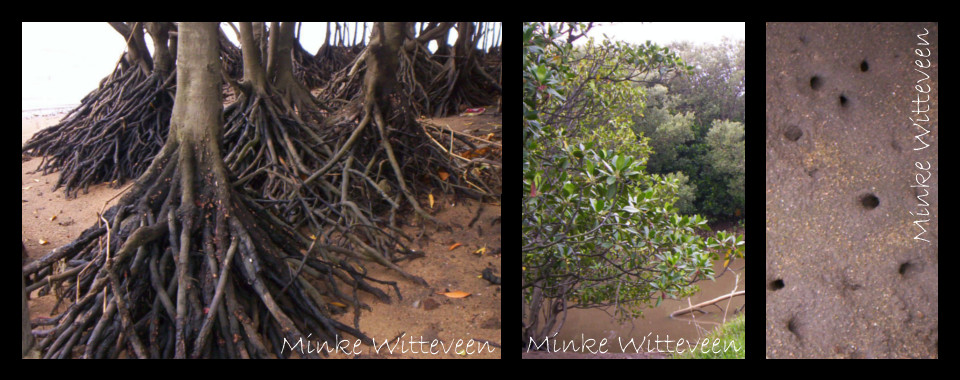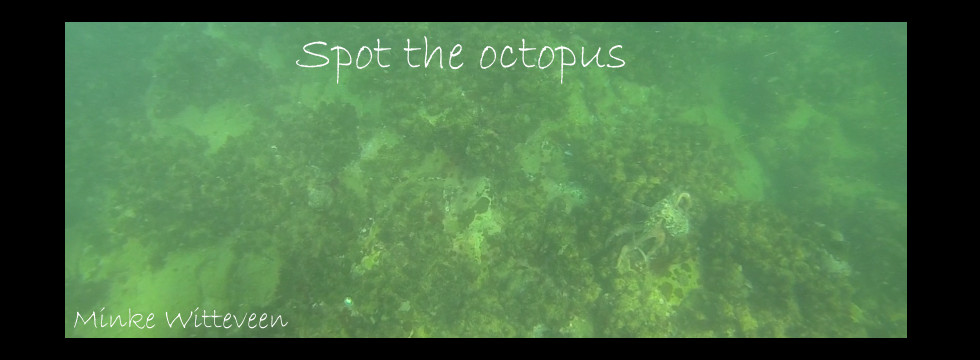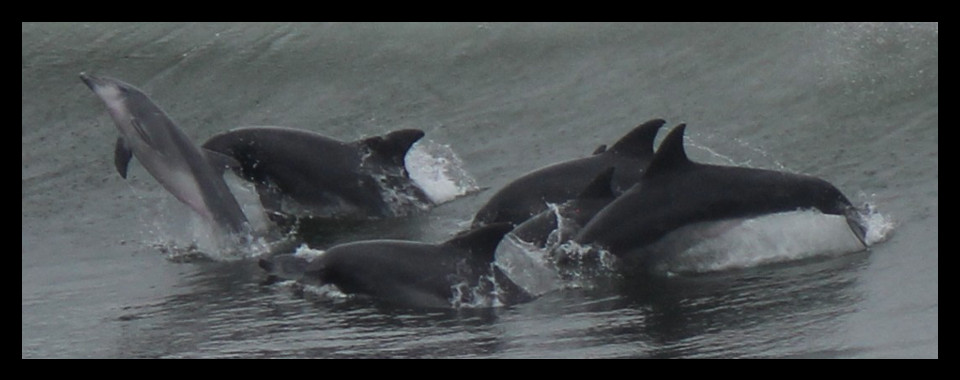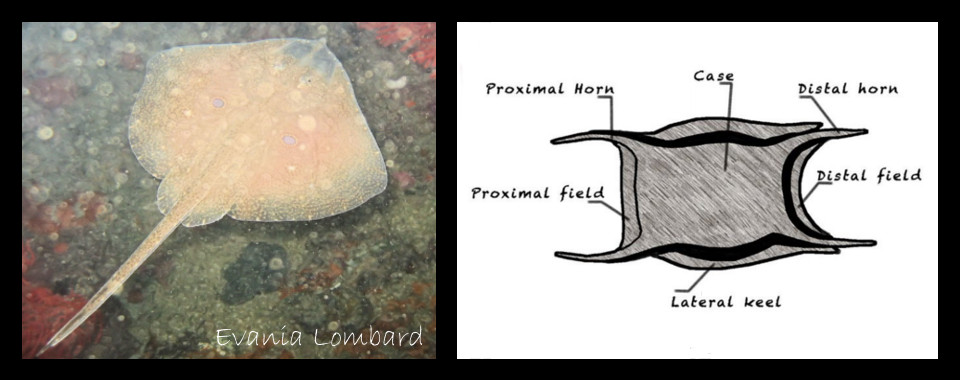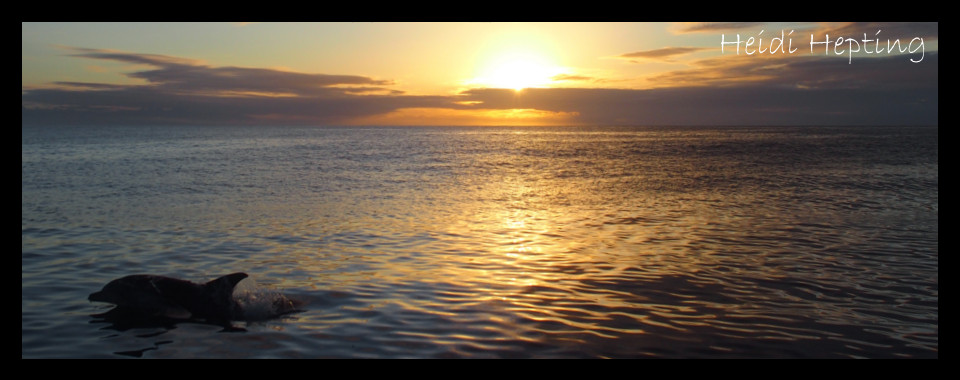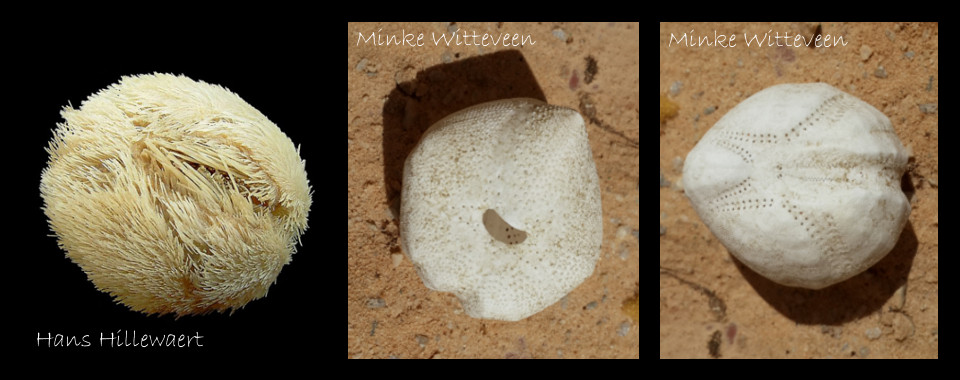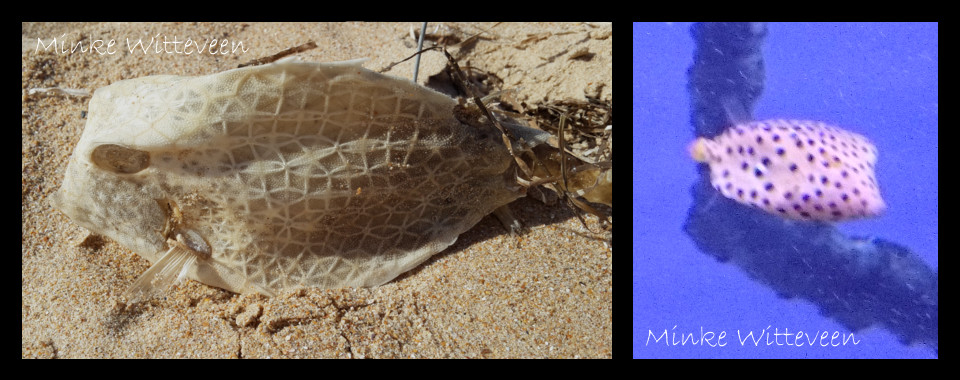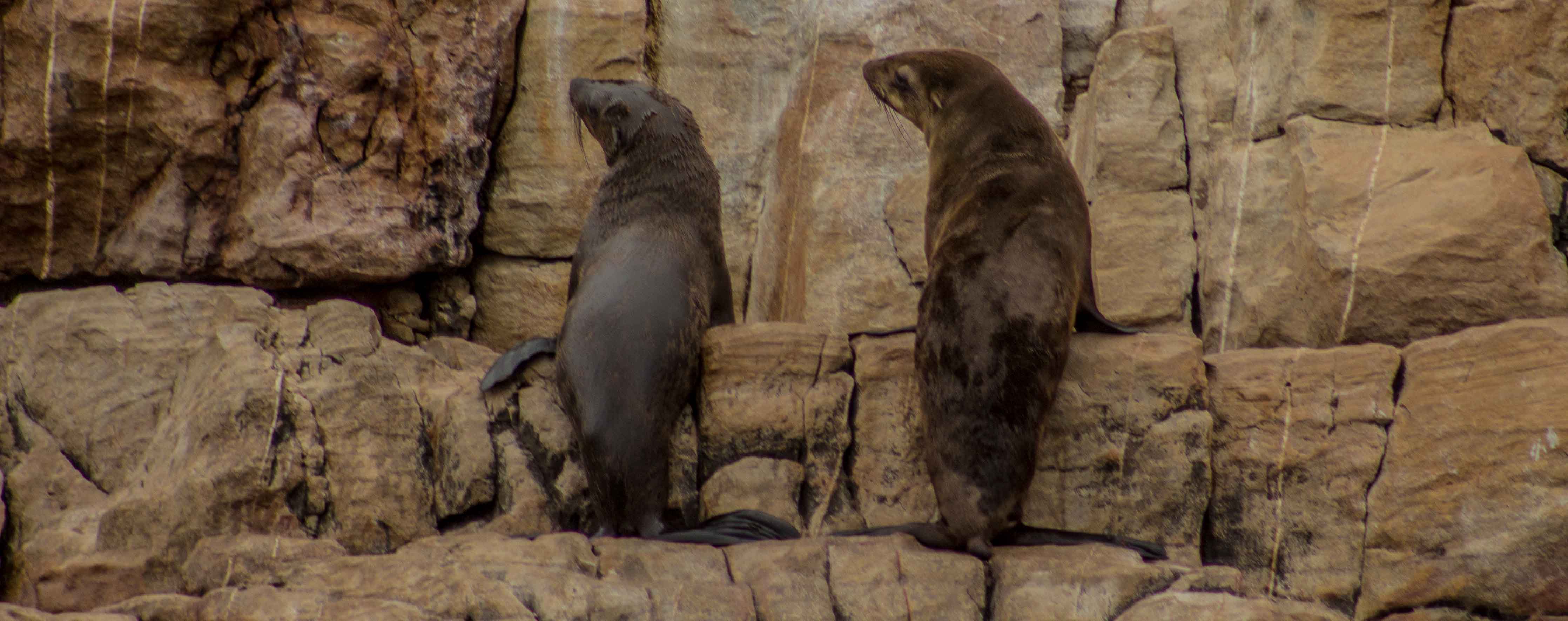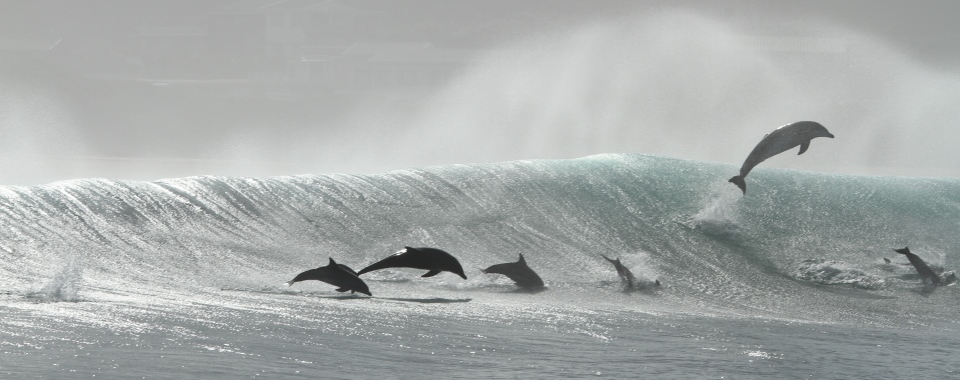Mangrove ecosystems have a very narrow band of distribution and are found in tropical and subtropical areas around the world. They are amongst the most rare and interesting ecosystems that occur in the tidal or coastal environment. Mangroves consist of unusual salt-adapted trees which allows them to thrive in the intertidal zone, a habitat that READ MORE
The octopus (Greek Októpus meaning eight foot) is a cephalopod mollusk that belongs to the order Octopoda. This animal has 4 pairs of arms, 2 eyes, a beak within a mouth at the center of the arms, and has no internal or external skeleton (though some retain a remnant of a shell within the mantle). READ MORE
How frustrating is it to have a conversation while someone is jackhammering nearby? Or drilling perhaps? You have to raise your voice, repeat your words, and even then the person you are talking to might misunderstand what you are trying to convey. Or perhaps your response is that of my Mom’s regarding my music habits READ MORE
While walking the beaches of Plettenberg Bay and Natures Valley one can regularly find the egg cases of the twineyed skate Raja mireletus. The twineyed skate is a small medium-brown skate with close-set small dark brown spots on the upper surface, and is white underneath. Its name comes from two blue eyespots on the pectoral READ MORE
While it is common knowledge that dolphins communicate through whistles, clicks, and screams, most perhaps do not realise how complex their communication is thought to be. This thought stems from the knowledge of dolphin call repertoires, high level of intelligence, and ability to learn and replicate other vocal cues – not just a pretty face! READ MORE
Perhaps more commonly known as a pumpkin pansy or the sea potato, the heart urchin Echinocardium cordatum is a beautiful irregularly oval urchin which is usually 4-5 cm in length, but can grow up to 9 cm. The body is covered in short spines, which are mostly directed backwards, unlike other sea urchins found in READ MORE
While walking the stretch of beach between Robberg Peninsula and Beacon Island I came across several dried out boxfish which spurred me to read up about this group of fish. Boxfish range in size from 15 – 46 cm and are generally solitary fish which spend their time on rocky and coral reefs, and grass READ MORE
A well-known sight along the beaches, in inter-tidal rocky pools, and in the hands of fishermen is redbait Pyura stolonifera. Although recognized on sight, many people may not know very much about this common animal. Redbait is a sea squirt which lives in intertidal rocky shores and subtidally down to 10 m deep. Sea squirts READ MORE
Situated on the magnificent Robberg Nature Reserve, a 3.9km peninsula that extends into the ocean on the southern side of Plettenberg Bay, is a colony of approximately 4000 Cape Fur Seals (Arctocephalus Pusillus). After the extermination of the original colony in the early 1900’s, the seals only returned in the early 90’s. The population gradually READ MORE
Dolphin Echolocation -by Steve Bebington While dolphins do have good eyesight, this is of minor use to them in an aquatic environment where vision may be limited by various factors such as light penetration or sediment in the water. As such, their primary sensory awareness relates to sound in what is known as echolocation or READ MORE


